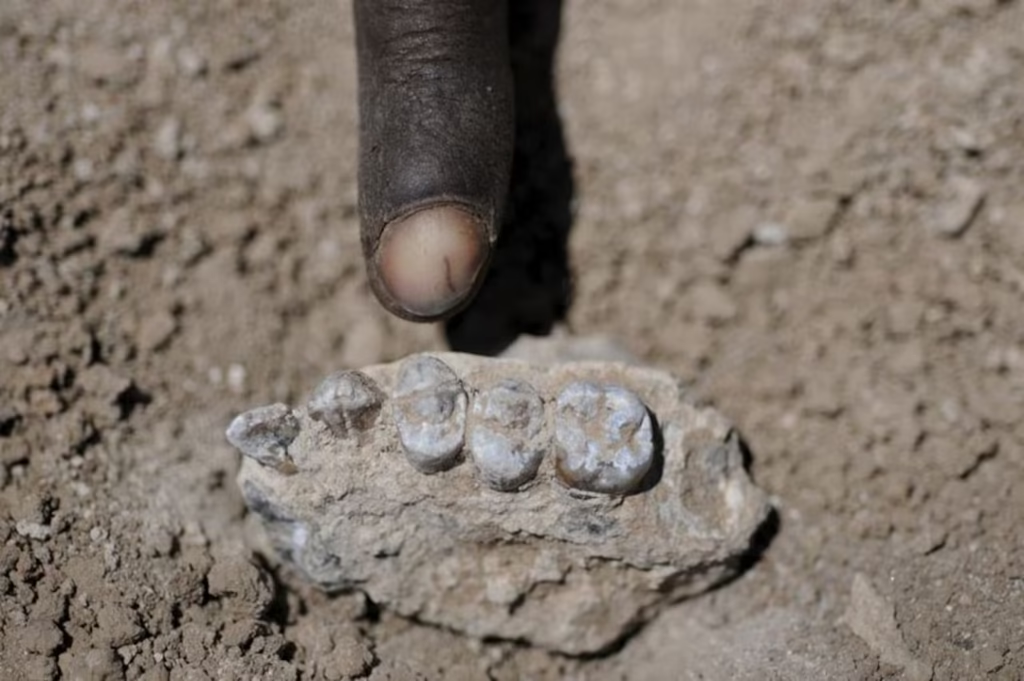
New fossils from Ethiopia have confirmed that a mysterious foot discovered in 2009 belonged to an ancient human relative living alongside Lucy’s species. The finding adds a new layer to the evolving story of human origins and challenges long-held assumptions about our ancestral line.
Scientists previously believed that Australopithecus afarensis, the species of the famed Lucy, was the only hominin in the region three million years ago. The Burtele foot, however, featured an opposable toe suited for gripping branches, clearly distinguishing it from Lucy’s more ground-adapted anatomy.
Researchers later named a new species, Australopithecus deyiremeda, based on jaw fragments found nearby, but its link to the strange foot remained uncertain. A new study in Nature now reports that additional fossils, including a jawbone with twelve teeth, confirm the foot belonged to A. deyiremeda.
Lead author Yohannes Haile-Selassie said the evidence leaves “no doubt” that the Burtele foot matches the newly identified species. CT scans indicate the species was more primitive than Lucy, offering fresh insight into the diverse experiments of early human evolution.
Isotope analysis shows A. deyiremeda fed mainly on fruits, leaves and nuts, suggesting a lifestyle spent largely among forest trees. Its grasping toe implies a more arboreal existence, hinting at how different species survived side by side without competing directly. Scientists say this coexistence underscores the deep complexity of human ancestry, revealing parallel evolutionary paths in the same ancient landscape.
Independent experts welcomed the findings, noting that they strengthen the case for recognising A. deyiremeda as a distinct hominin species. Researchers agree the discovery will not replace Lucy as the leading candidate for our direct ancestor but widens the search significantly.
They suggest more undiscovered species may lie hidden in the fossil record, waiting to clarify the tangled roots of the human story. For now, scientists say new discoveries will determine whether another, more fitting ancestor to early Homo may eventually emerge.




